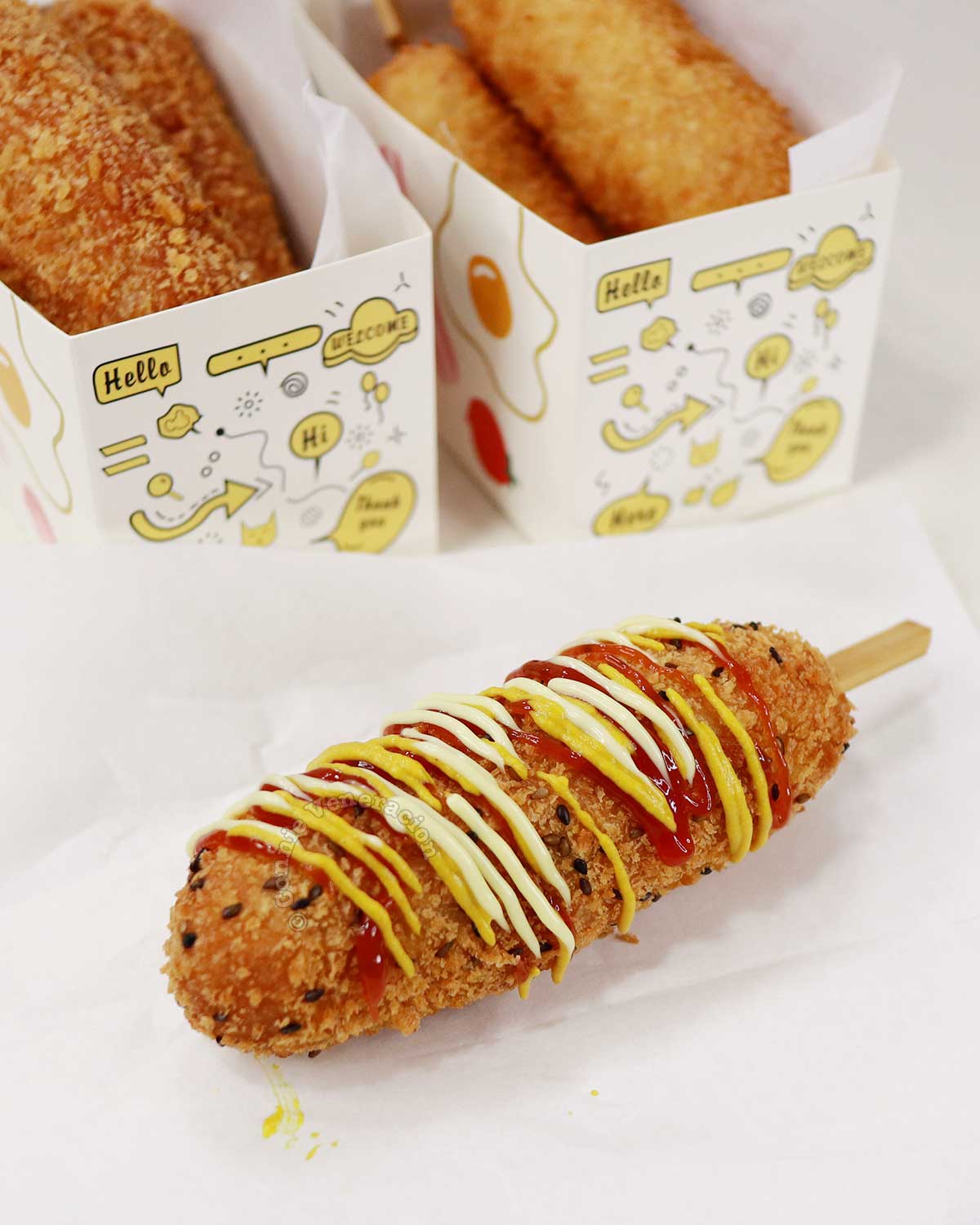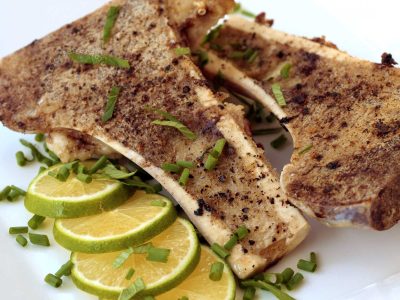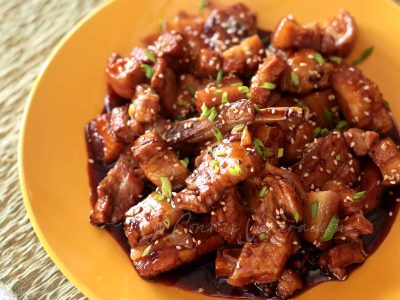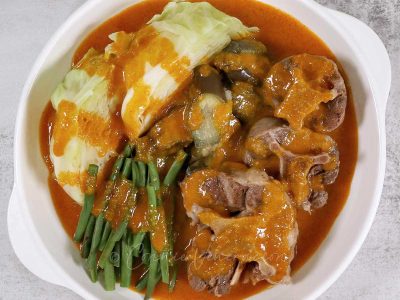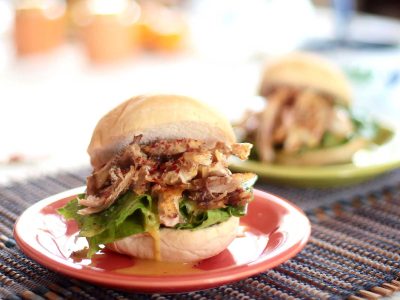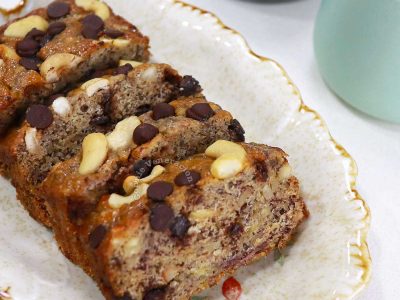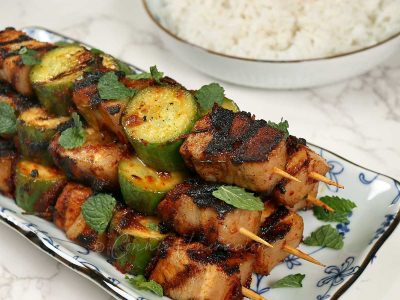Strictly speaking there is no “corn” in these corn dogs because the coating is made without cornmeal. Instead, the skewered hotdogs are covered with a light yeasted dough and rolled in panko before they are deep fried. Then why call it corn dog? That’s not what it’s called in Korea but that’s the name by which it has become popular among English-speakers.
Yeasted dough, however, is not the only mixture that the hotdog can be covered with. Some cooks dip the hotdog in a thick pancake-like batter with baking powder and no yeast. In the case ofkogo, the skewered hotdog is coated in dough / batter then rolled in chopped frozen French fries. Another variation is to coat the dough / batter with uncooked instant ramen.
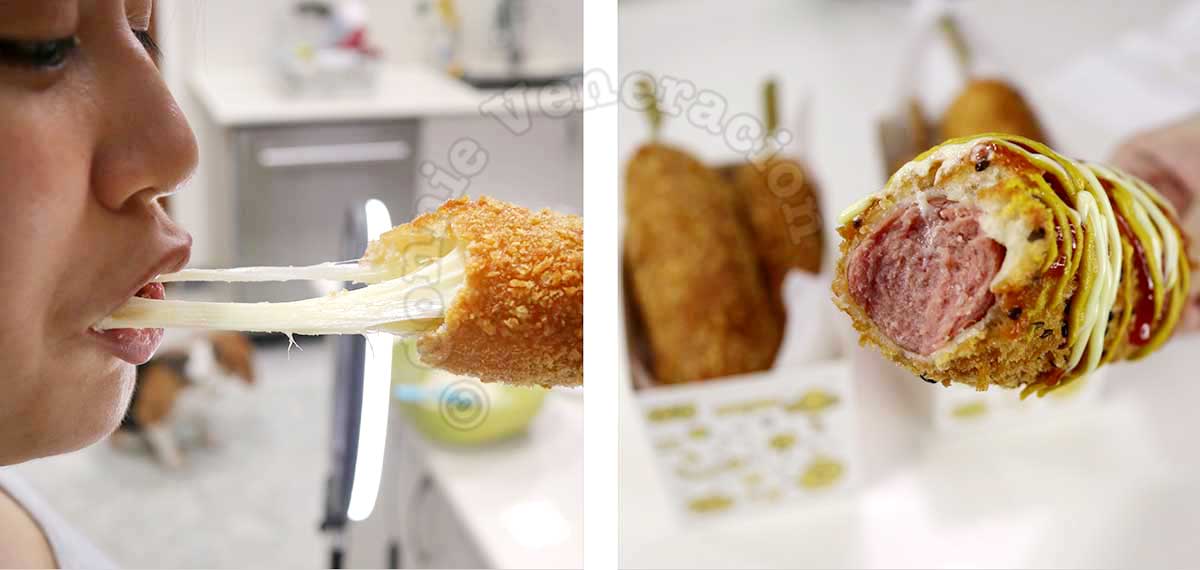
Hotdog isn’t the only thing that can be coated in dough / batter and fried. Cheese is popular too. The cheese variant is a little trickier to cook. We use mozzarella (that’s what you see my daughter, Alex, eating in one of the photos above) that’s cut into roughly the same size as a jumbo hotdog. Because cheese melts during frying, it may seep through the dough. To prevent this from happening, skewer the cheese, cover in dough and panko, and freeze for about half an hour. DO NOT THAW before frying. But that’s for another post.
At home, we’ve made (well, my daughters have) Korean corn dogs at least four times. Each time, with a different dough / batter formula — in one instance, glutinous rice flour was among the ingredients of the dough. Not all were documented so, for this recipe, we’re sticking with the documented formula.
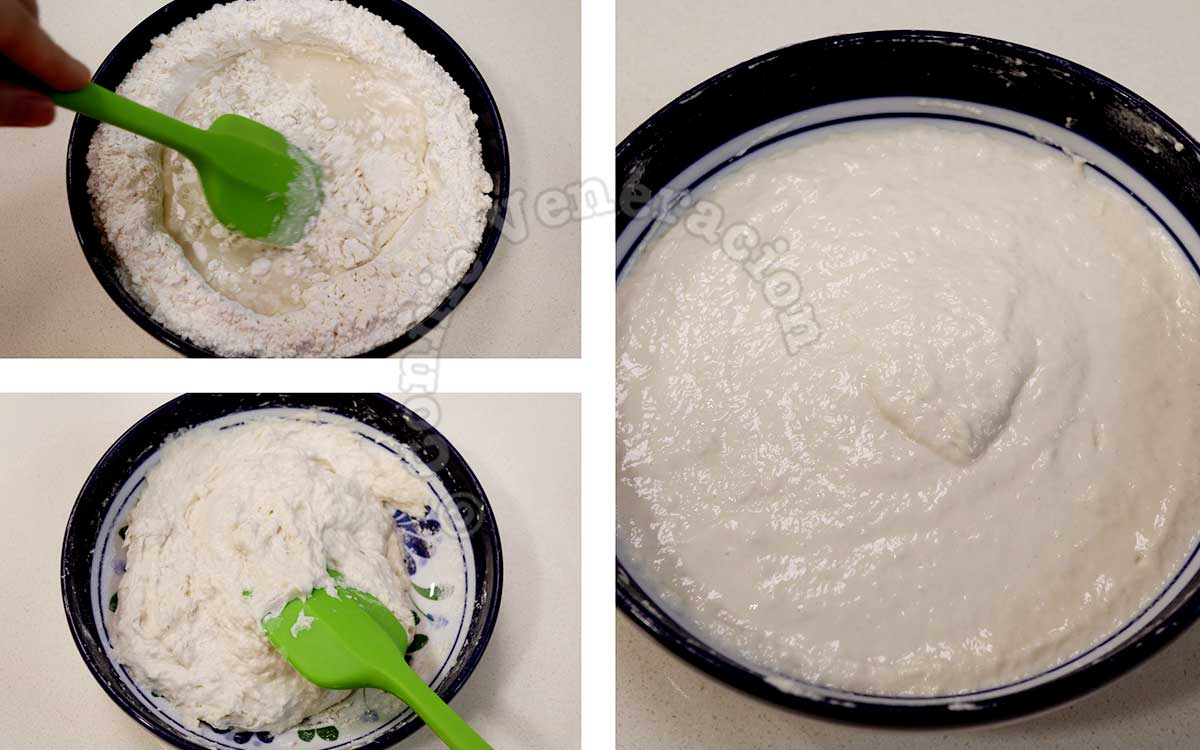
The dough is a mixture of all-purpose flour, sugar, salt, yeast and milk. It’s a lumpy dough. It has to be because if it’s too stiff, it will be impossible to roll the hotdog in it. So, don’t panic if the dough doesn’t look anything like regular bread dough. It needs to rest to smoothen but there is no need to wait for it to rise and double in volume.
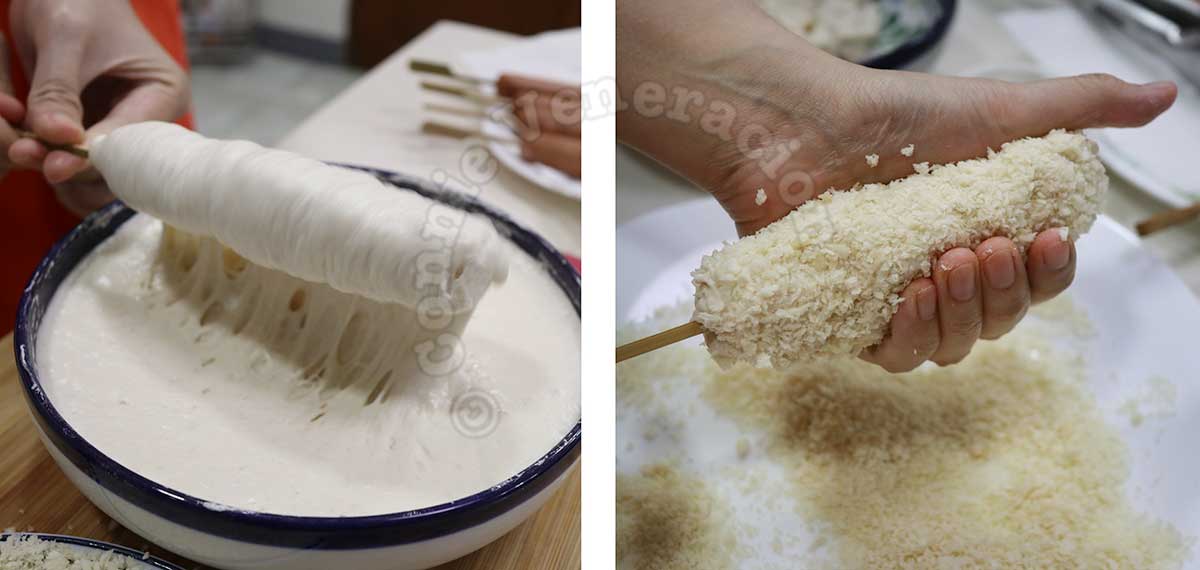
Once the dough has rested, skewer your hotdogs, hold it horizontally and lower into the dough. Twirl the skewer to cover the entire hotdog. Then, roll the dough-covered hotdog in panko and, optionally in sesame seeds.
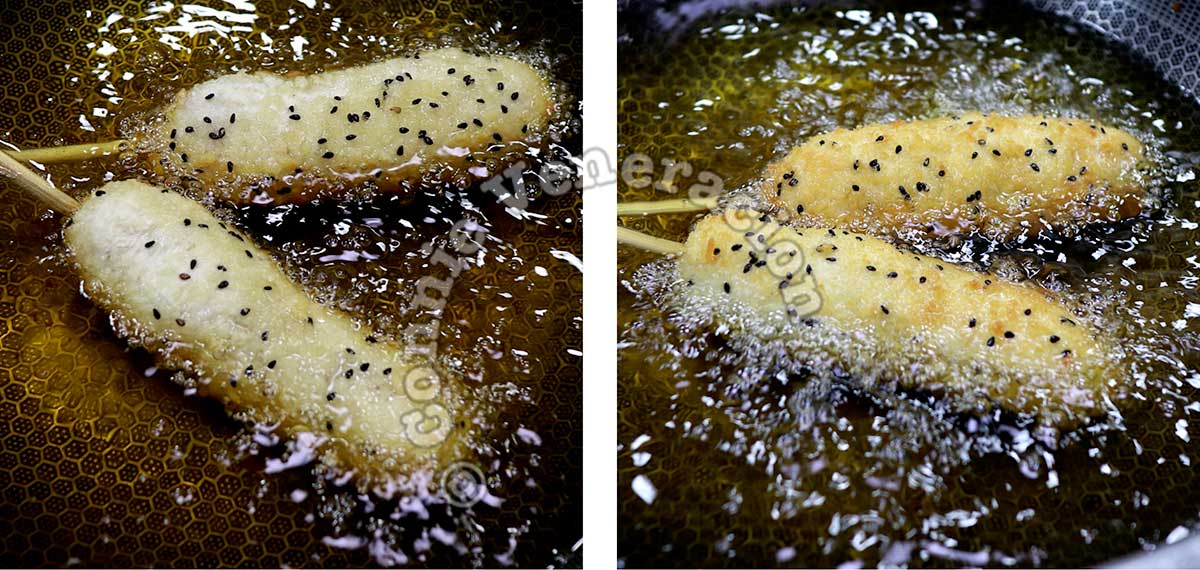
Then, you just deep fry. Fry only a few pieces at a time so that there is enough space to roll the corn dogs around for even cooking. They won’t roll in the oil by themselves. You will have to do that with tongs or chopsticks. After three to four minutes of frying, the dough is fully cooked, the panko has turned golden brown and crisp, and the hotdog is heated through.
Can fully cooked Korean corn dogs be stored and reheated? Yes. There are just four of us in the family and it’s not possible to eat a dozen corn dogs in one go. So, we have stored corn dogs in the fridge fully wrapped in cling film. We just reheated them in the oven toaster.
How long do they stay good in the fridge? Two days. They should last longer in the freezer but since we haven’t tried freezing cooked Korean corn dogs, I’d rather not make a guess about how long they can stay there before the texture of the bread deteriorates.
Korean corn dogs
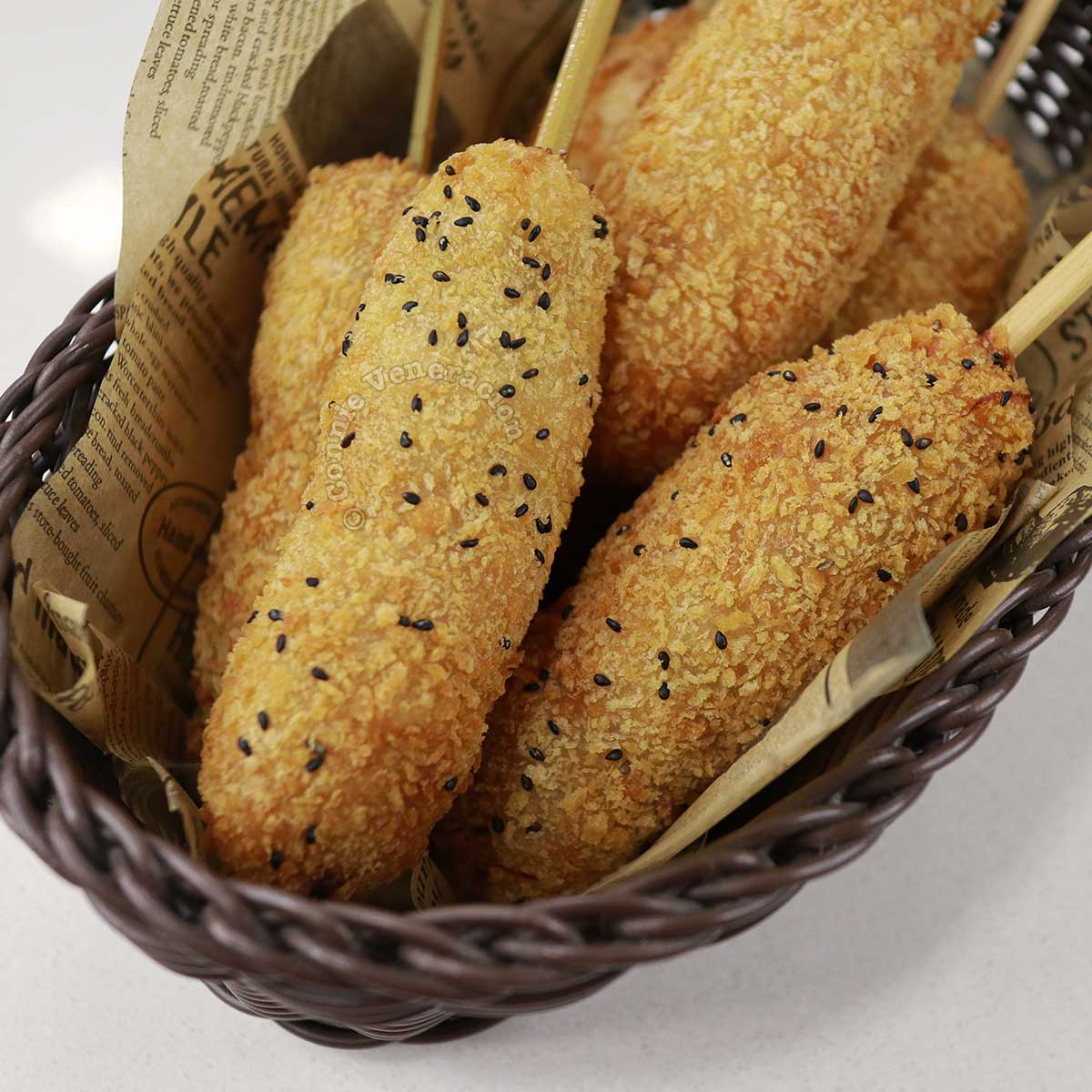
Equipment
- bamboo skewers
Ingredients
- 12 jumbo hotdogs
Dough
- 1 ¾ cup all-purpose flour
- 2 tablespoons sugar
- ½ teaspoon salt
- 2 teaspoons instant yeast
- 1 cup lukewarm milk (water is okay too but it still has to be lukewarm)
To complete the corn dogs
- 1 ½ cups panko (you may need more)
- 2 tablespoons sesame seeds (optional)
- cooking oil
To garnish
- Japanese mayo
- plain mustard
- ketchup
Instructions
- Take the hotdogs out of the freezer.
Make the dough
- In a shallow bowl, whisk together the flour, sugar, salt and yeast.
- Make a well in the center and pour in the milk (or water).
- Mix until everything just comes together (the dough will be soft, wet and lumpy but it will smoothen after resting).
- Cover the bowl and leave the dough to rest for an hour.
Prep the hotdogs
- Place the hotdogs on a plate line with a stack of paper towels.
- Cover with more paper towels and press to remove surface moisture.
- Thread each hotdog into a skewer.
Fry the Korean corn dogs
- In a wide frying pan, pour in enough cooking oil to reach a depth of at least three inches. Start heating the oil (it takes time to heat up that much oil).
- Take a skewered hotdog and lower sideways until it touches the rested dough.
- Start twirling the hotdog until the dough sticks to it then lift a couple of inches and continue twirling until completely covered with dough (do not overdo this because the dough will still expand during frying).
- Roll the dough-covered hotdog in panko (pressing the crumbs lightly into the dough helps make them stick better) and, optionally, in sesame seeds.
- Fry the hotdogs in batches (two to three per batch depending on the width of your pan). With cooking chopsticks or tongs, roll them around the hot oil for even cooking. It takes three to four minutes for the dough to get cooked through.
- Rest the cooked Korean corn dogs on a rack and continue frying the rest.
- Serve your home cooked Korean corn dogs immediately.

